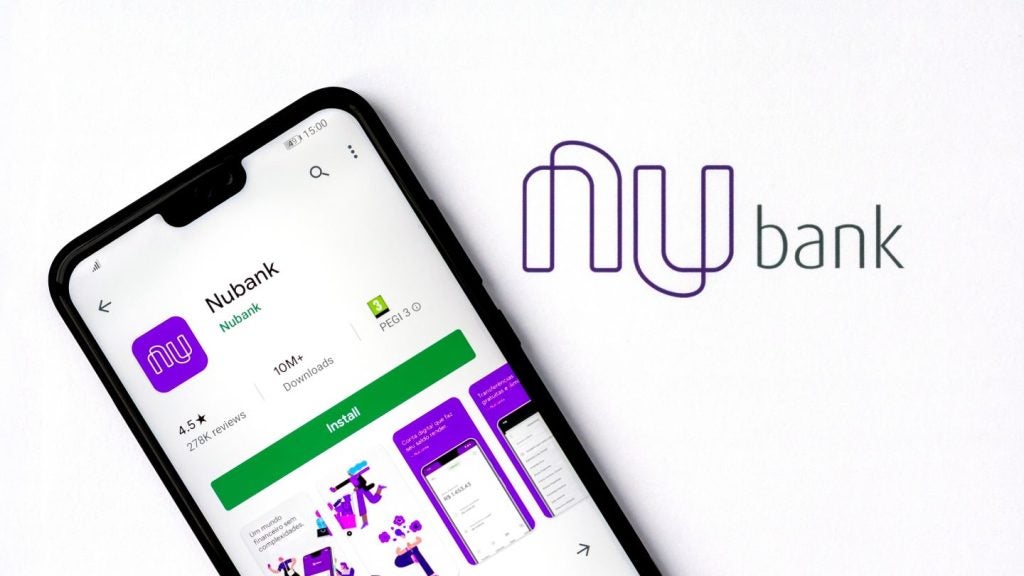Potential account switchers have almost doubled in the past year
as consumers increasingly take control of their banking
relationships. As customer expectations rise, banks need to
reassess their products and service levels. On a positive note,
more customers are willing share personal information with banks if
it improves service levels.
Consultants Ernst & Young has released its second annual
global survey of customer behaviour in retail banking, building on
regional surveys it launched in 2009.
Globally an average of 12% of customers are planning to switch
their main banking provider this year up from 7% last year and
attrition rates have increased in a number of markets.
The figure is significantly higher in China,
India and several Latin American markets.
For example, the number of Brazilian customers
planning to change has jumped from 7% to 20%.
Only Japanese customers are less likely to
move banks than in 2011.

US Tariffs are shifting - will you react or anticipate?
Don’t let policy changes catch you off guard. Stay proactive with real-time data and expert analysis.
By GlobalDataWorldwide, 34% of customers say they have
changed their main banking provider and 74% have done so in the
last 10 years. The overall figure is marginally lower than in 2011
but it conceals some wide variations across countries, with
attrition rates rising significantly in several key markets.
Specifically, in both the US and Canada, the
number of respondents who have changed their main bank has
increased from 38% in 2011 to 45% in 2012, while it decreased from
40% in 2011 to 29% in 2012 in Brazil. Attrition has also
accelerated in India, China and South Africa.
Bluntly, consumers are becoming less loyal and are increasingly
likely to shop around and increase the numbers of banks that they
use.
Consumers who use only one bank have fallen from 41% to 31% in
the past year alone.
Multi-banking is clearly on the rise in mature
markets such as the US, Canada and Wester Europe. In the US, the
number of customers with only one banking relationship has fallen
from 51% to 42% since 2011, while the proportion with three or more
providers has climbed from 16% to 23%. In markets like Spain that
are an exception to this rule, consolidation among domestic banks
is the major factor reducing multi-banking.
Poor branch experience (31%) and lack of personalised contact or
service (26%) are rising up the list of reasons for changing
provider, although dissatisfaction with high fees continues to be
the most commonly cited driver of attrition, cited by 50% of
respondents.
Globally, only 44% of customers say that their bank adapts
products and services to meet their needs. On a positive note, 70%
of customers would be happy to disclose personal information if it
improved the level of service and products they were offered.
Loyalty reward schemes are on the rise. 27% of customers are
enrolled on a scheme, up by half from 2011.
However, customers expect more – the overwhelming majority
agreed that if you have three products or more with a bank you
should get better service (86%), and that you should be charged
lower fees or given better rates on your savings accounts
(91%).
Pierre Pilorge, Ernst & Young’s Financial Services Advisory
Markets Leader for Europe, Middle East, India and Africa, said:
“Customers are sending banks a very clear message – ‘we
are taking control. In response, banks must re-evaluate customer
trends region by region to prioritise products, enhance services,
and ultimately give customers what they want.
“Customers are looking to banks to help them shape their
experience. Banks need to reassess their offer and consider more
tiered products and services,” adds Pierre.
He argues that technology has empowered customers to seek
tangible rewards and now banks are facing that reality.
“Customers expect to be rewarded for the value of their business
not just the duration of their banking relationships.”
Banks have made progress in improving their communication
channels. Both call centre and mobile banking services have
improved, with customer satisfaction up 8% and 16% respectively
year on year, however the power of the consumer voice has overtaken
banks communication channels.
Personal recommendations from family and friends are the top
source of information about banking products, with 71% of consumers
relying on this information as their primary source.
55% of consumers refer to online communities or social networks
for advice and a third of customers who use social networking use
it to actively comment on the service they receive from their
bank.
Personal recommendations are the most
important source of information in mature markets such as the
US,
Canada, Japan and Australia (63%, 67%, 59% and
63%, respectively) but they are also the leading consideration in
many emerging markets and, to an even greater degree, in Brazil
(77%), India (82%) and China (84%).
Globally, 44% of customers use social
networking sites as sources of information on banking products and
services.
Customers in emerging markets are particularly
likely to use social media to interact with their banks.
Worldwide, seeking information remains the primary banking function
that customers perform via social networks, but in some markets
significant numbers of customers are also conducting transactions
this way.
China and Turkey provide two of the most
notable examples of this trend. For example, 81% of Chinese
customers use social networks to find out more about banking
products and services, 73% to access their accounts and 70% to
comment on service received.
“Customers prefer turning to other sources than their bank for
financial advice and to find the best deals.
“Comparison websites, relatively unknown five years ago, are now
the second major source of influence, ranking higher than banking
advisors, and the use of social media as a source of banking
information is amplifying customers’ voices, giving them greater
power as advocates or critics,” says Pierre.
One positive for banks is the finding that more and more
customers would be happy to give more personal information to their
bank in exchange for a more tailored service.
In fact, 70% of customers worldwide are
willing to provide their bank with more information if this leads
to greater personalisation or better service. The majority of
customers in every country surveyed — with the notable exception of
Japan — would be happy to disclose personal information in this
way. Levels are particularly high in emerging economies, with
customers in South Africa (90%), India (86%), Indonesia (83%) and
Brazil (81%) among the most willing to provide more personal
information.







